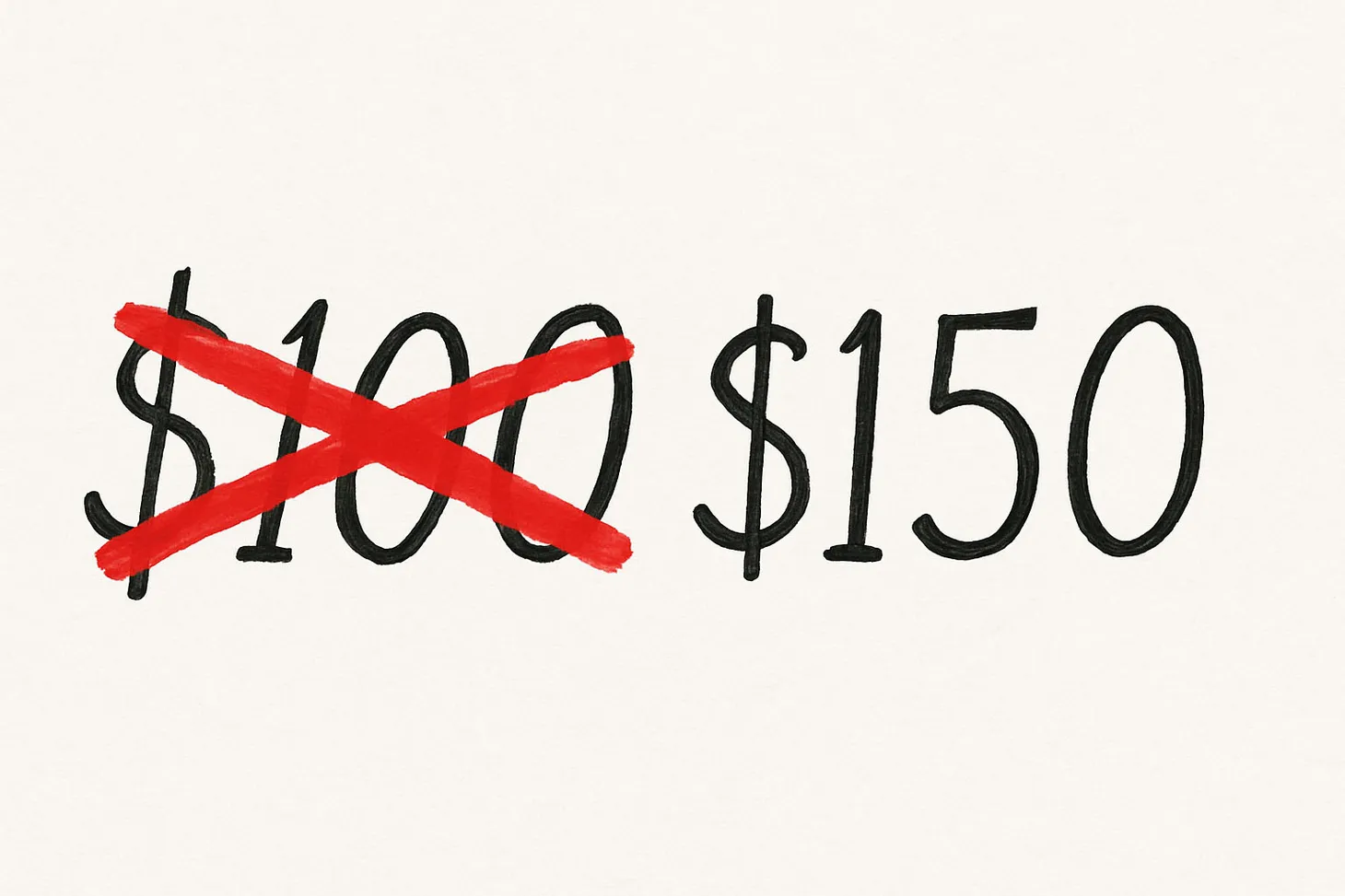Are We in a Bubble?
In a world of intangible assets, the only way to identify a bubble is to see it pop.

Two newsletters in two days? I am publishing intermittently while waiting for the birth of our third child (and for some announcements about my upcoming book). I will have a more consistent publishing schedule from September. Meanwhile, the following post is intended for informational purposes only and should not be considered investment advice.
Are we in a bubble?
There is simply no way of knowing anymore.
In the past, most valuations were tied to tangible assets — machines, property, inventory. The book value of such assets represented around 85% of all S&P 500 valuations as late as 1975. When value is tied to physical assets, it is easy to notice when stock prices stray too far from the assets they represent.
Today, the book value of tangible assets represents less than 10% of S&P 500 valuations. This means that most value is tied to intangible things like code, content, relationships, and, indeed, pure hype. Such assets don't have a clear book value or replacement value. They may have cost $5 to produce or $5 million, but that tells us very little about their worth.
And so, regardless of whether markets are hot or cold, the relationship between share prices and the assets they represent is unclear.
So, how do we know whether we are in a bubble?
The only way to find out is to wait and see if it pops.
This may sound ridiculous, but see what happens when you apply it to specific intangible assets:
- Is the source code for iOS worth $500 billion?
- Is Facebook's 3-billion-user base worth $1 trillion?
- Is Nvidia's B200 chip design worth $2 trillion?
The only way to know is to wait and see.
In contrast, when Ford had $200 billion in unsold cars on its balance sheet, it was pretty easy to figure out the value of those cars. Even if they didn't sell well, you could still discount them 20% and liquidate the inventory, or scrap them for parts. And even if they sold extremely well, they would never be worth 10X more than their book value, let alone 1000X or a million X more.
So, we live in an economy where the value of even the most physical things is determined by the software, stories, and networks that animate and surround them. As a result, there is no simple way to determine what anything is worth, and whether the market as a whole has lost touch with objective reality.
More precisely, there is no "objective reality"; the perception of value and actual value are the same thing.
Ok, there is some reality: we can still look at revenue growth, cash flows, churn rates, and other metrics. But translating these into a valuation is impossible, since the range of potential outcomes renders the whole exercise little more than guesswork.
Does this mean we're in a casino?
Kind of. But even in a casino, there are strategies that can increase your chances, most notably—picking games that have slightly better odds, sizing your bets in a way that enables you to make multiple bets without going bankrupt, and (in some games) reading the table to try to garner information from people around you.
That last one is probably the most relevant point for our specific predicament. Unlike a casino, the outcomes in investment markets are increasingly dependent on social dynamics. Reading (or manipulating) the feelings of the crowd makes it easier to win.
It is no coincidence that the world's richest man owns the world's most important social media platform. The rest of us have more limited means, but we can still pay attention. And, most importantly, understand that traditional analysis methods provide much less information than they used to.
Have a great weekend.
Best,

🎤 How will AI reshape our cities, companies, and careers? My speaking schedule for the year is filling up. Visit my speaker profile and get in touch to learn more.

Click here to book a keynote or learn more.
Old/New by Dror Poleg Newsletter
Join the newsletter to receive the latest updates in your inbox.


